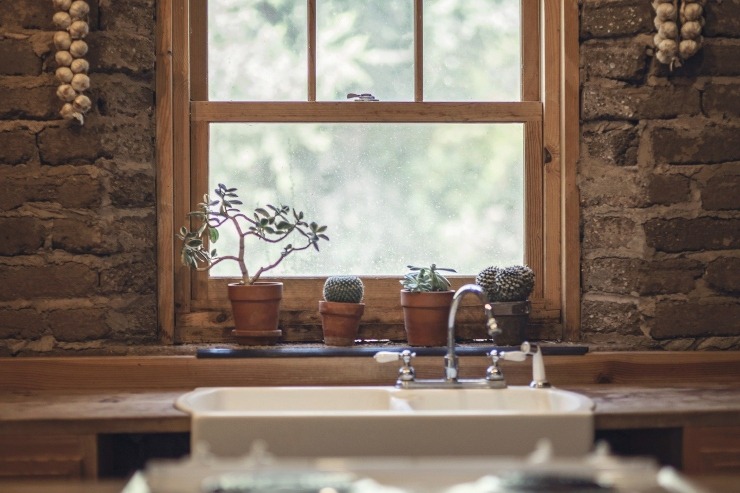Guideline to a Home Inspection
On the surface, the concept of a home inspection might seem simple; you inspect the home. But there’s much more to it than that. A home inspection is designed to determine any areas of the home that need to be either fixed or further evaluated by a specialist, depending on the issue.
The standards of the home inspection will largely be determined by the inspector’s association, a majority of which belong to either InterNACHI (International Association of Certified Home Inspectors) or ASHI (American Society of Home Inspectors).
These associations have their own Standards of Practice, or SOP, that will govern exactly what the inspectors are supposed to check. They sometimes go in conjunction with state licensing boards that may be more strict or more lax in some areas.
There are several things that would be covered in a home inspection report.

Foundation
The foundation, exterior, and structural aspects of the building are studied to ensure the general health of the home is up to par. This will include an overall description of structures such as walls, the foundation, ceilings, and floors.
As part of the wall inspection, drywall is something that must be inspected. Although drywall is generally easy to install, if it needs to be repaired, it might require some extra work to be done.
This step also includes structures like posts, beams, slabs, and land grading concerning the driveways, walkways, and things like patios.
Drainage
Drainage fixtures are also inspected. Things like gutters and downspouts, and the roof as well. While it’s not generally required for inspectors to physically be on the roof to inspect it, many will do so as long as it’s determined to be safe. This would also be a prudent time to check things like chimneys, skylights, and other fixtures on the roof.
Attic and Insulation
The attic is inspected for insulation properties and to check for any possible water intrusions. Water can be extremely damaging to homes, so checking for unwanted water is very important.
Attics can sometimes be neglected so it’s important that they are well-documented when it comes to the home inspection.
Electrical System
Pretty much every home uses electricity, and this is another important section that must be checked. The panels and circuit breakers are the main points of interest. Cables, switches, lights, smoke alarms and carbon monoxide detectors are all checked.
Plumbing and Septic Tank
The plumbing system involves many parts, including pipes, faucets, heaters, and others. A malfunction in the plumbing system could spell big trouble, especially when it comes to the concrete septic tank.
The septic tank should be checked at least once per year. It’s better to find and prevent a problem than to have a problem and then have to fix it. It is typically not necessary to enter the actual septic tank to inspect it, and doing so is discouraged by InterNACHI.
Interiors and Appliances
This part of the inspection would cover the interior of the home. Things such as stairs, countertops, garage doors and garage door openers.
Small household appliances need not be checked, but built-in appliances are on the inspection list; things like ovens, ranges, dishwashers, and garbage disposals.
This also covers windows. If not properly installed or insulated, windows may need repairing or replacing. Poorly installed window sealing is quite a common occurrence, and it’s best to make sure you know exactly how well the windows are installed, lest you suffer any losses later as a result of having to replace them.
Conclusion
So now you know roughly what to expect with a home inspection. You will likely still need more work done by qualified individuals regarding certain areas of the home, but the home inspection is what you will use to determine what areas need further work.
The home inspector is there to check for any faults or problems, so before all is said and done, make sure to ask any questions you may have about the inspection process so nothing is forgotten.
